Innovation / Mobility / Mobility management
Navigating the Paris Olympics through Seamless Wayfinding
Last month our Sustainable Mobility Consultant, Anna Wyner, attended the Paris Olympics with her family. Below, she reflects on her experience from the perspective of an urban planner. This post is part one in a series capturing her insights.
When tickets for the Paris Olympics went on sale, I was living in Amsterdam and immediately saw an opportunity for a unique adventure. Having always loved Paris and never having attended the Olympics, I knew this was a chance not to be missed. My family agreed—this was a once-in-a-lifetime experience. We signed up for the pre-sale, and by early 2023, we had secured our tickets. Fast forward a year and a half, we boarded a train from Amsterdam, full of excitement for our journey to Paris. Like many, we were apprehensive after reading countless articles warning of the logistical challenges and the overwhelming crowds expected during the Games. But despite these concerns, we were determined to make the most of our trip. Upon arrival, we quickly discovered that our fears were largely unfounded.
We stayed in an Airbnb in the Marais, which meant taking the Metro just a few stops from Gare du Nord. The moment we stepped off the train, it was impossible not to notice the wayfinding system guiding visitors to and from Olympic event locations across the city. Effective wayfinding is an art—when done right, it guides you effortlessly from point A to point B with clarity and ease. But when it’s poorly executed, it’s immediately apparent: signs are confusing, hard to read, or abruptly disappear. Thankfully, the wayfinding for the Olympics in Paris was cleverly done. The signage across public transportation and the city was clear, intuitive, and visually appealing, making navigation a breeze.
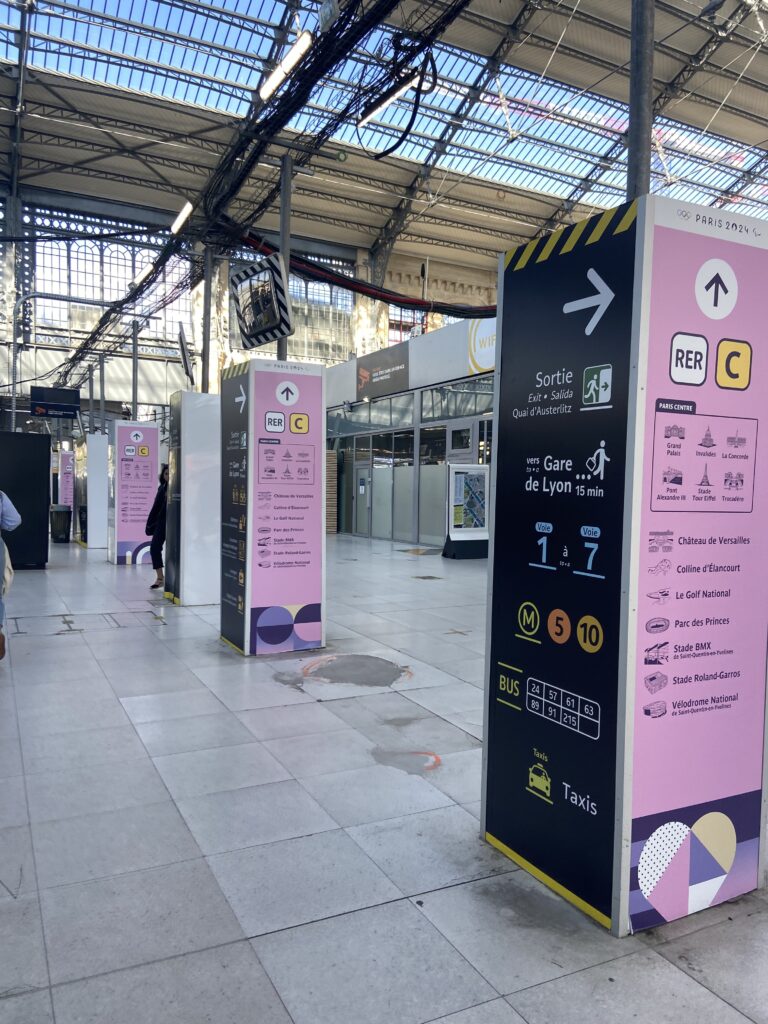
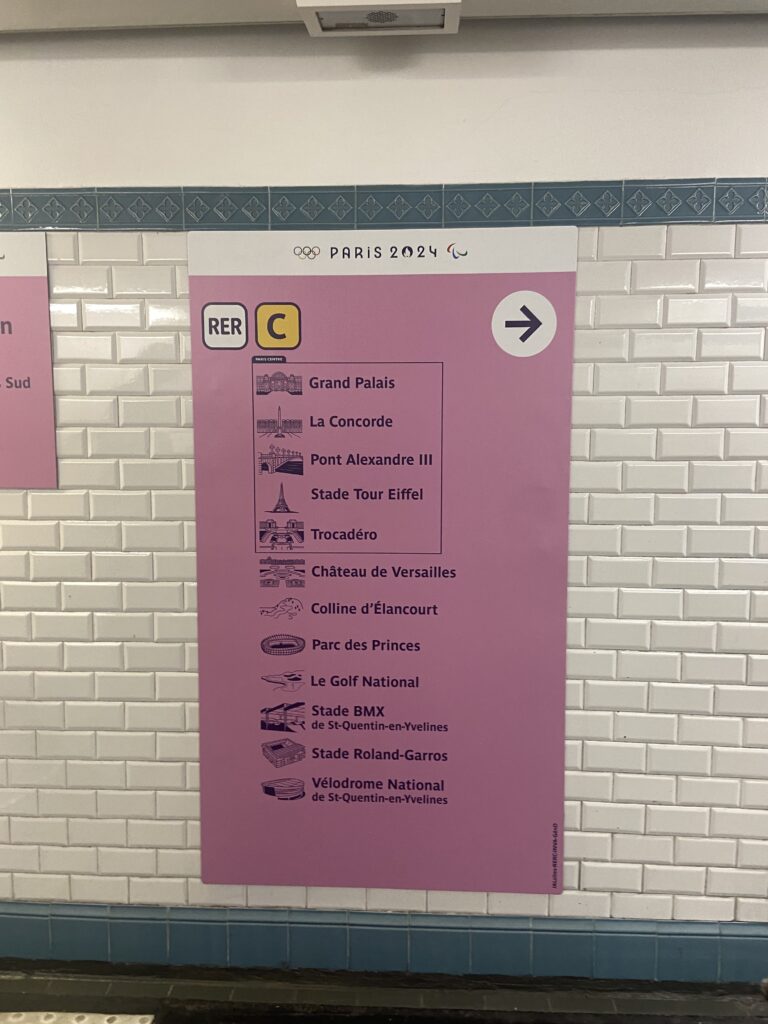
Throughout the Metro and RER networks, temporary stickers were placed on stops connected to Olympic venues. The stickers, in a distinct and easy-to-spot pink, clearly marked the name of each stadium or location and included a helpful image. They also featured directions to other major sites, making it easy to transfer between locations.
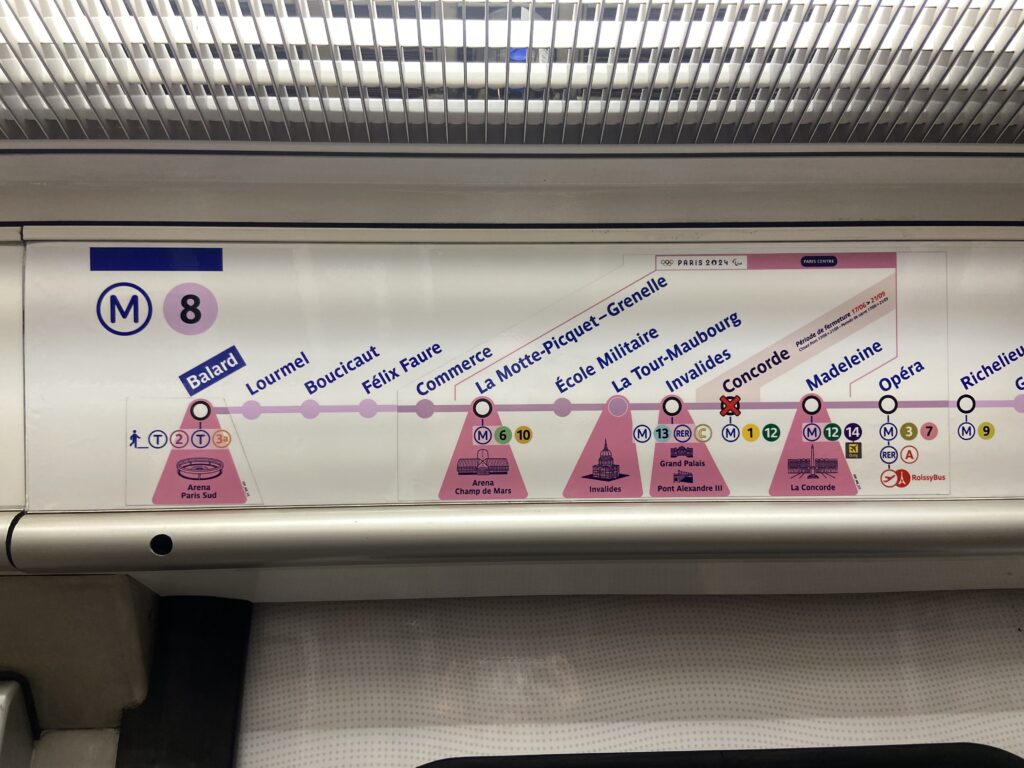
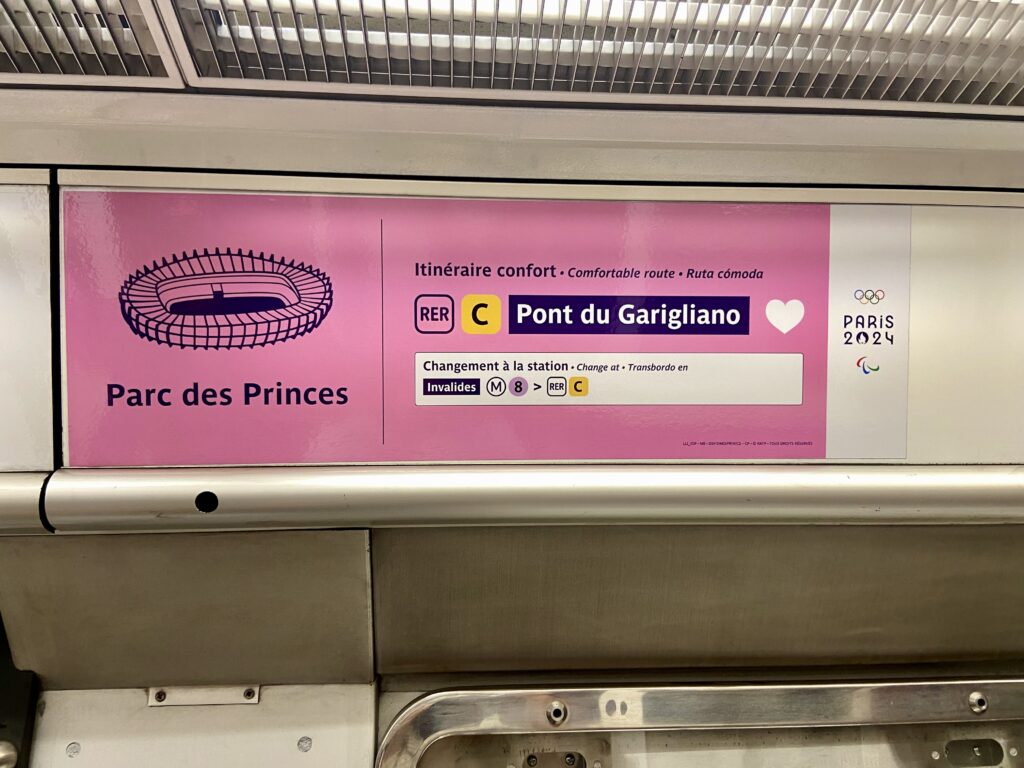
Once we exited the Metro, large signs immediately took over, clearly pointing the way to the event venues. This pink signage stretched all the way to the destination, even if the walk from the Metro or RER station was as long as 10 to 20 minutes. The continuity of these signs was not only reassuring but also cleverly designed to help manage crowd flow, ensuring that groups of people were spread out as they moved toward or away from events
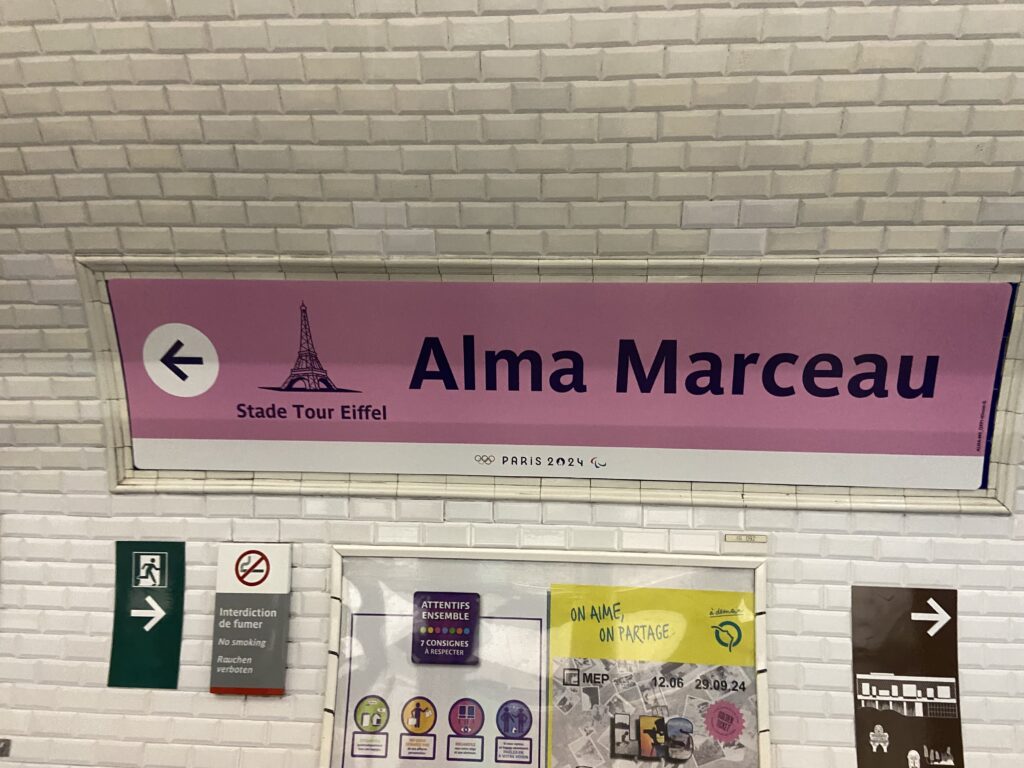
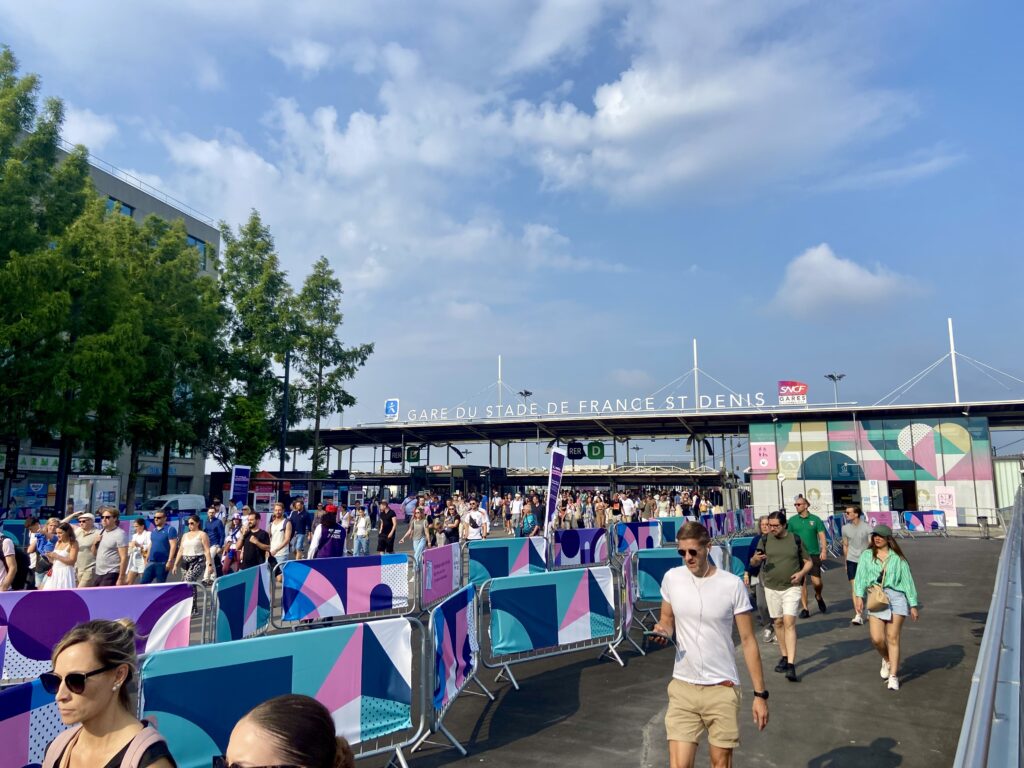

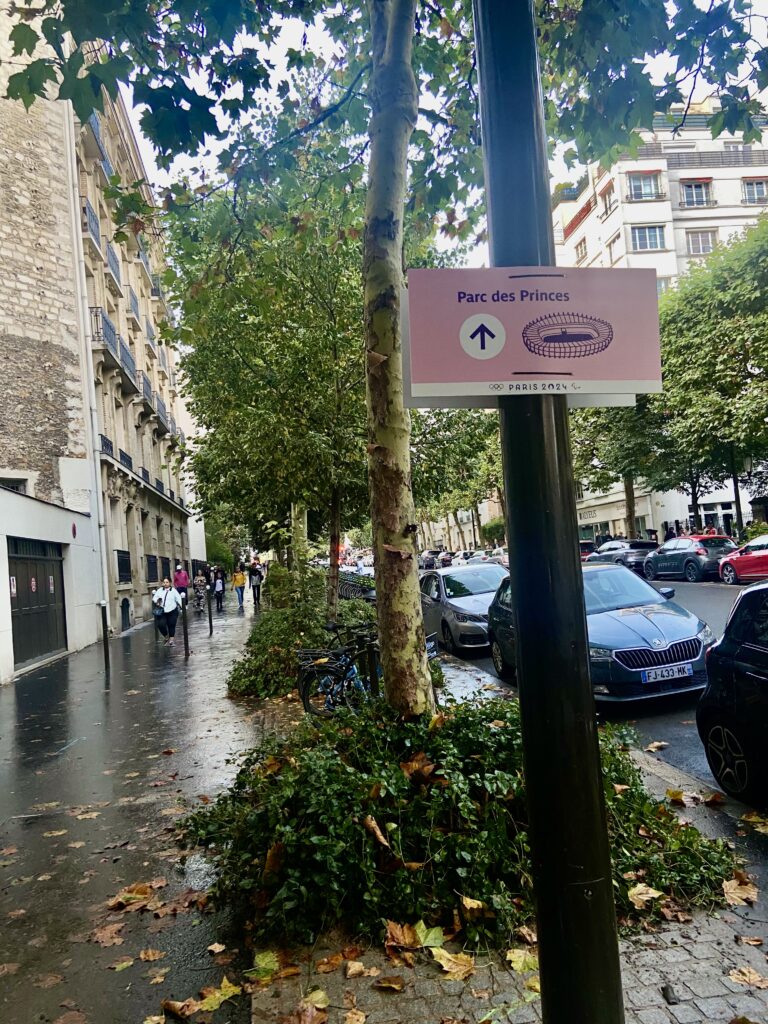
Upon arrival at each venue, the signature pink wayfinding didn’t stop. It continued to guide attendees to their seats, concession areas, and toilets. As people began to leave, these signs were equally helpful, directing them back to public transportation or bicycle parking. The signs were designed to be large and visible from afar, making it easy for everyone to navigate, even in the midst of large crowds. At most of these signposts, friendly volunteers stood by, ready to assist in multiple languages, including French and English.
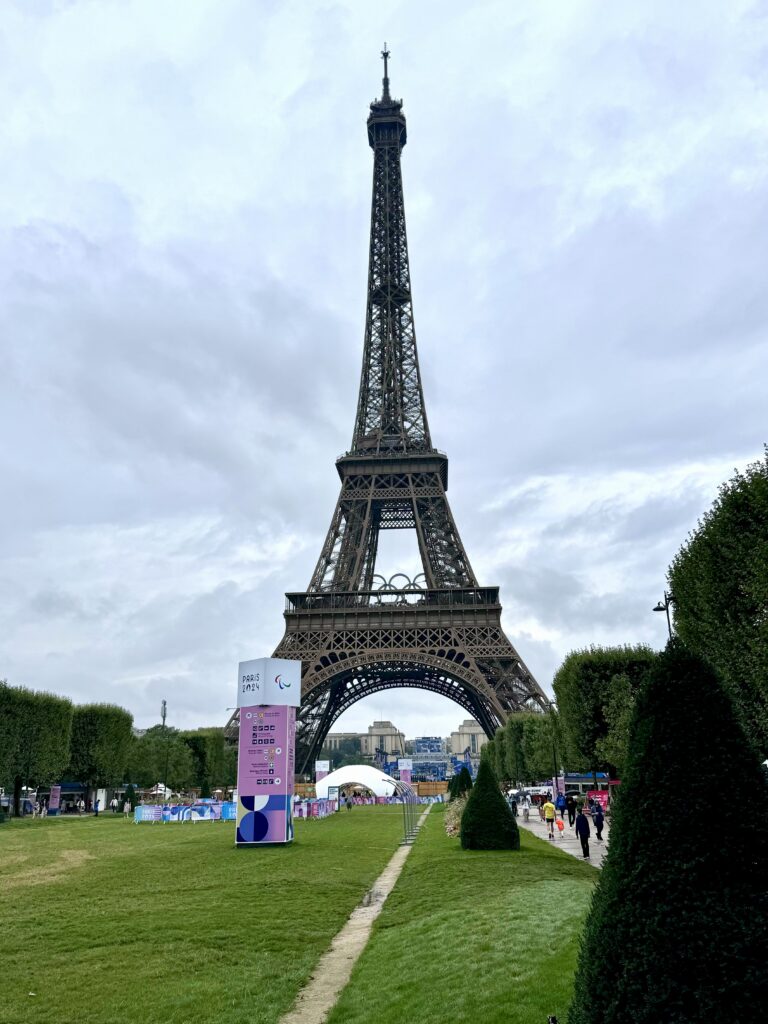
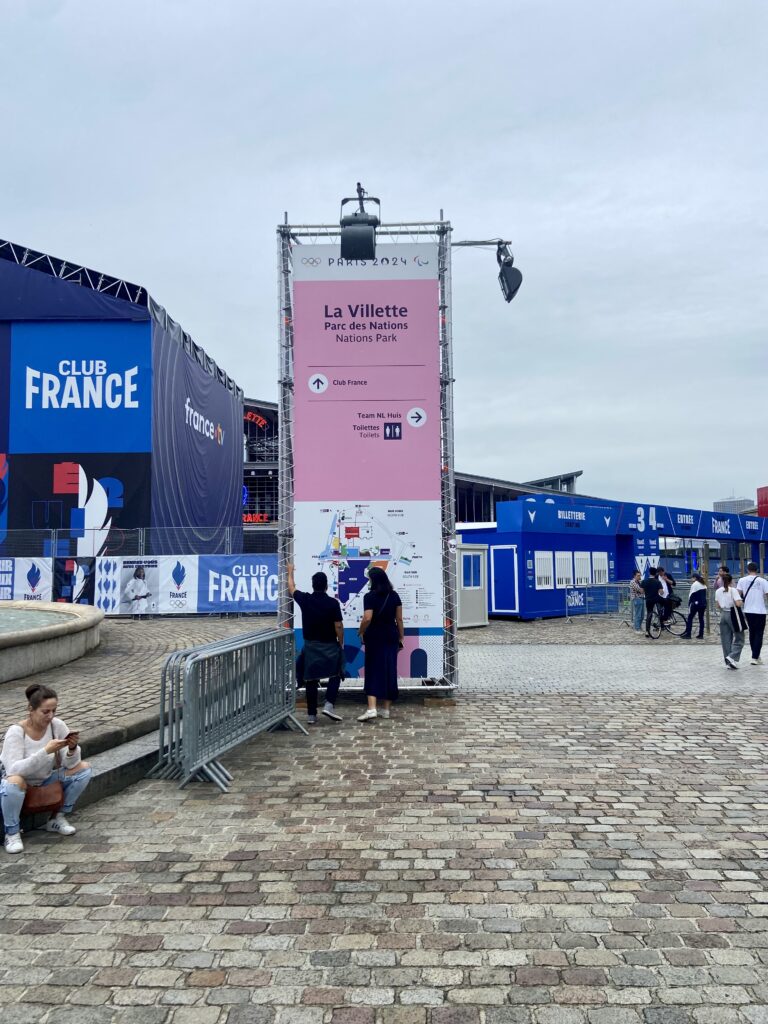
This pink branding even extended to some of the newly installed bike lanes in Paris, guiding cyclists safely to Olympic sites. In my next blog, I’ll dive deeper into the cycling experience in Paris during the Olympics. Stay tuned!

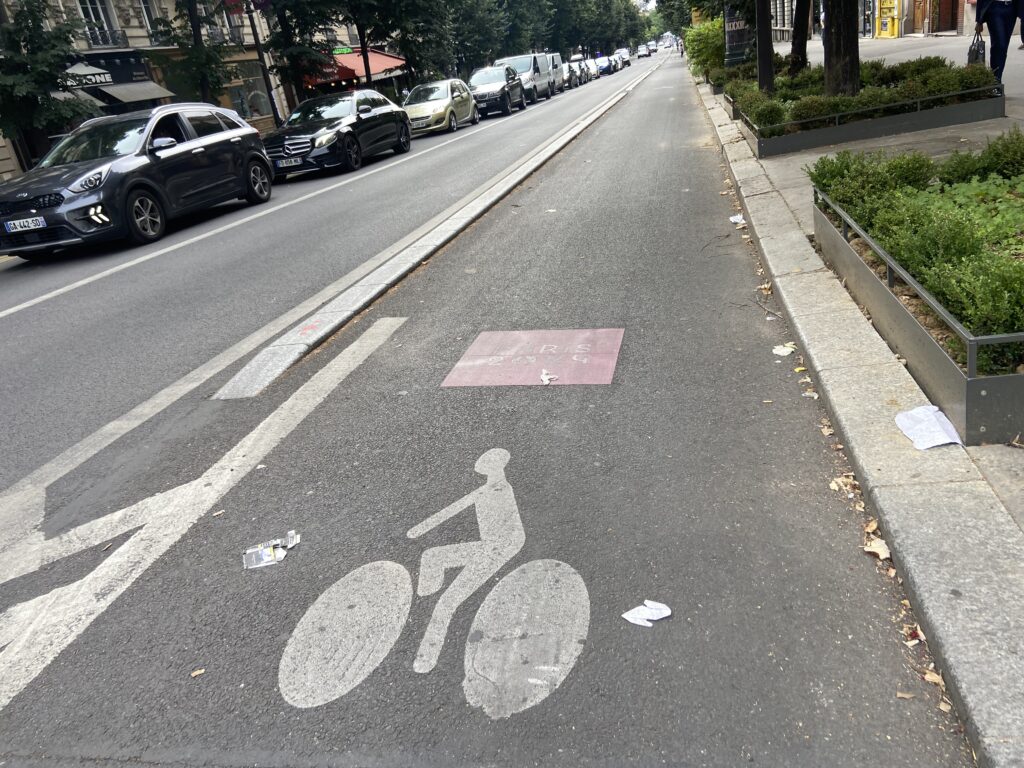
 ">
">Anna Wyner
“At a time when cities around the world are reclaiming public space away from cars and towards people faster than ever, I have a newfound determination to create and help enable change. I am excited to help bring Dutch expertise and experiences to the rest of the world, in hopes that we can transition to a more just, equitable, and sustainable world.”

